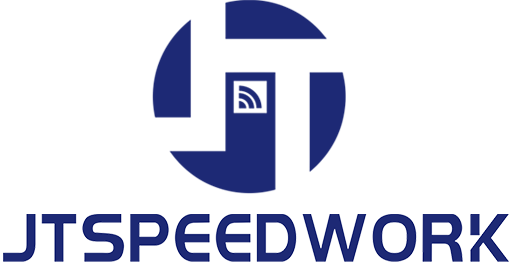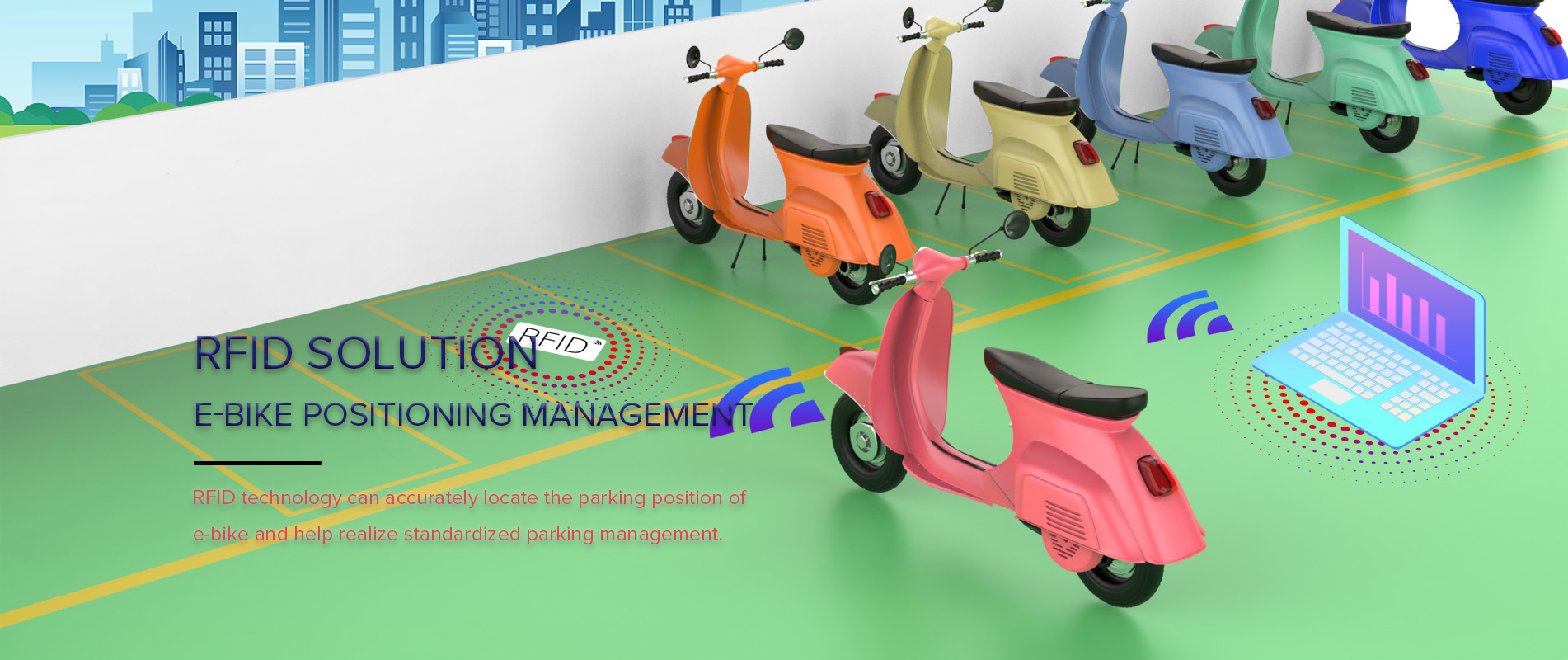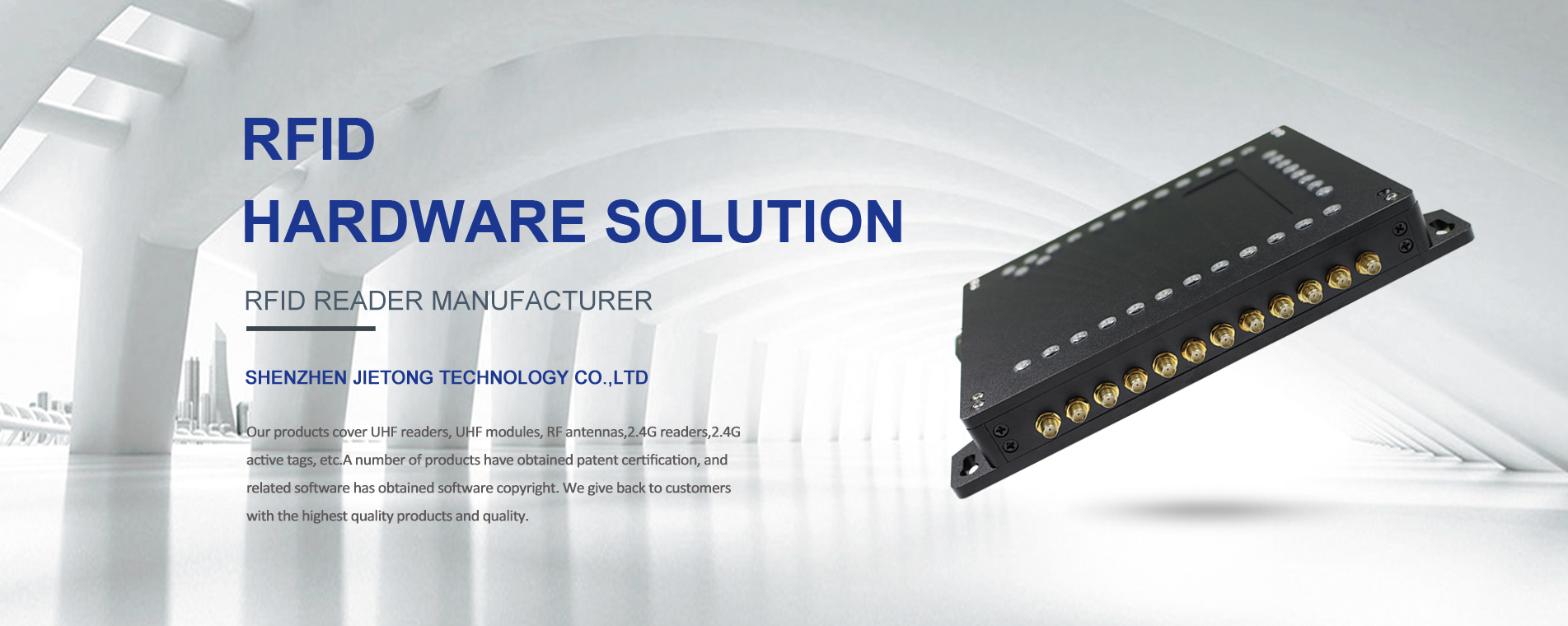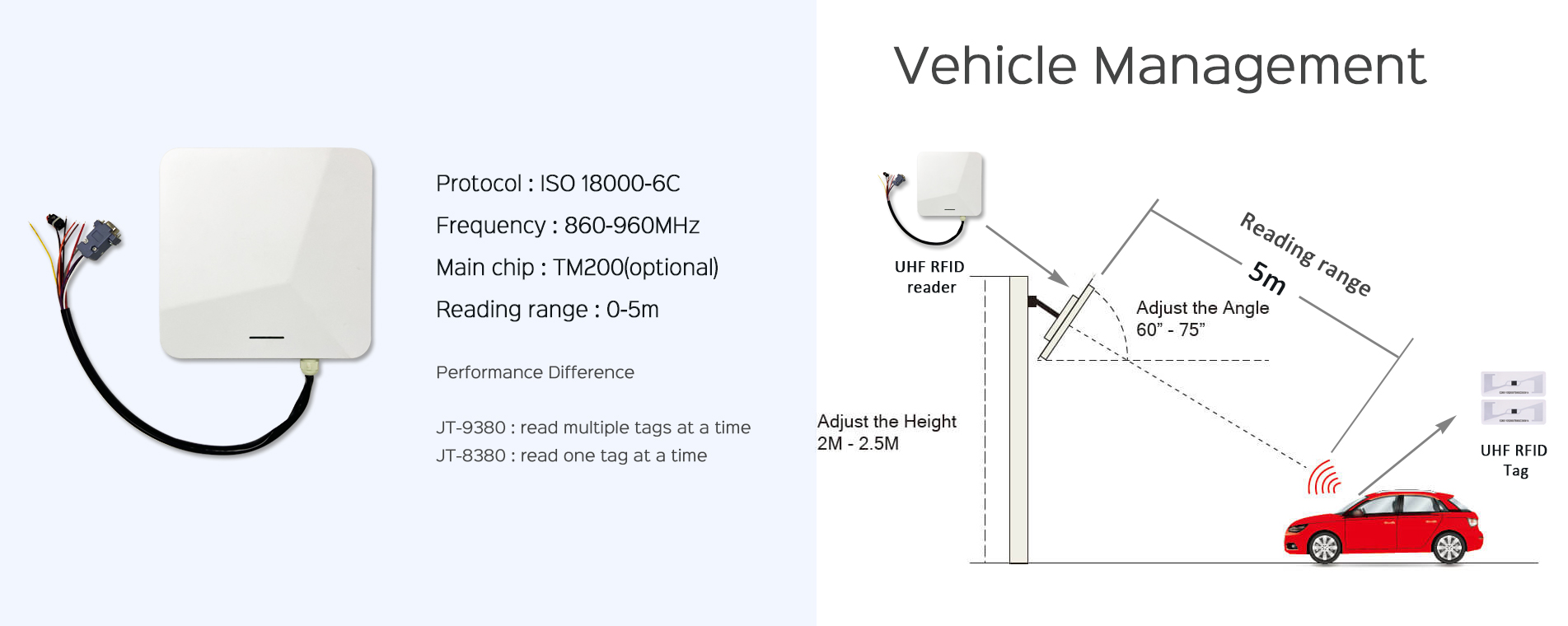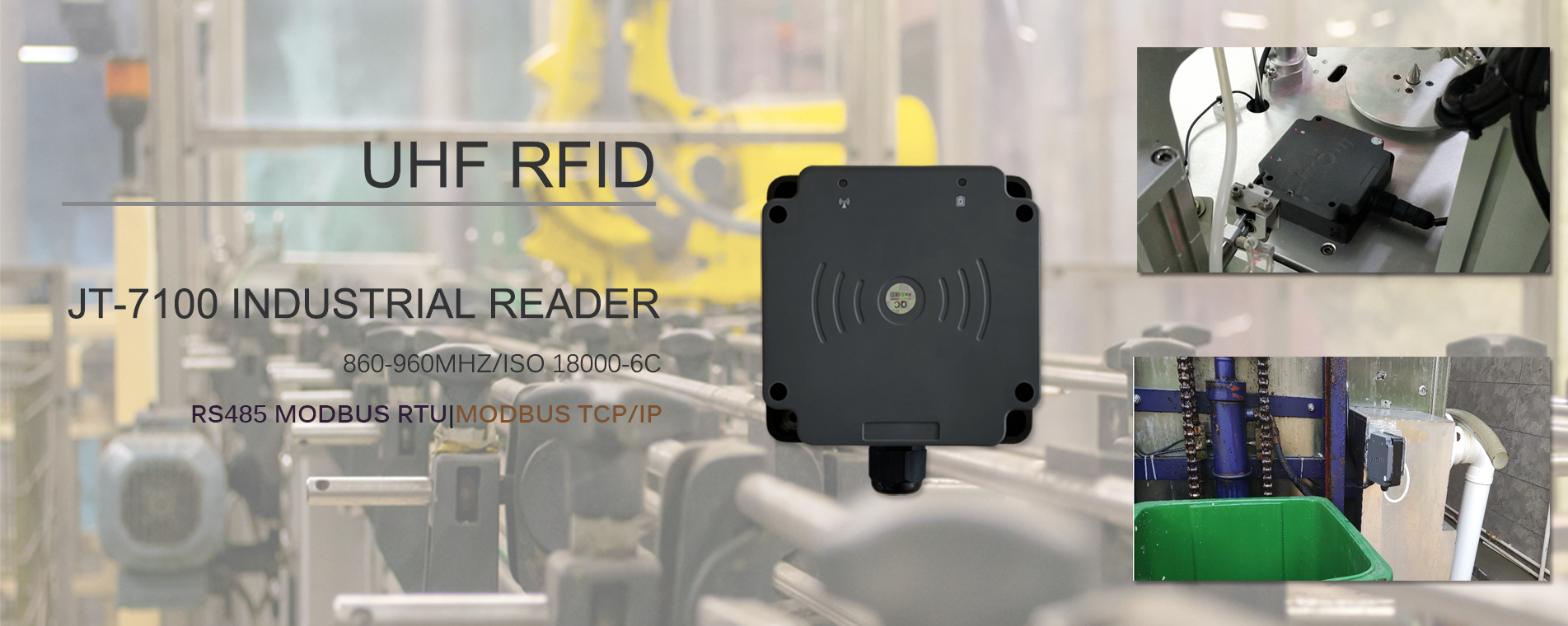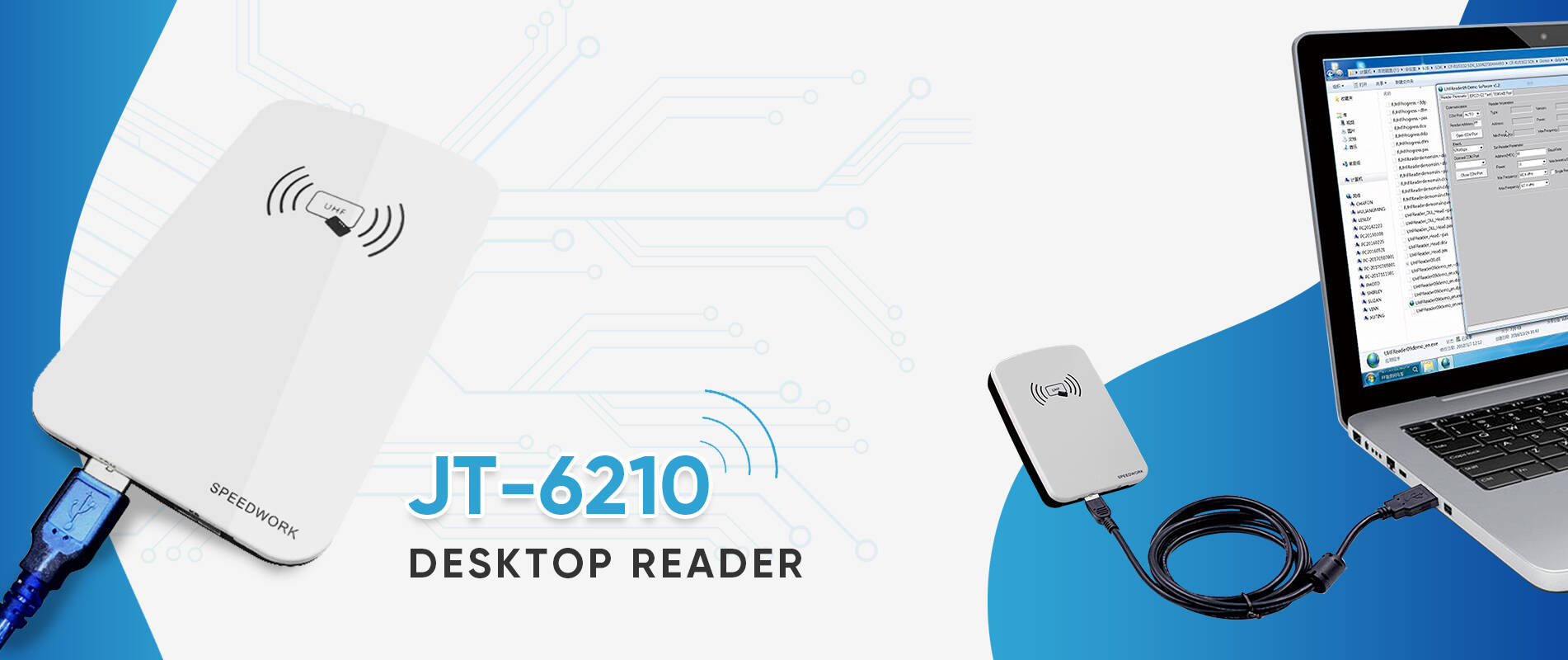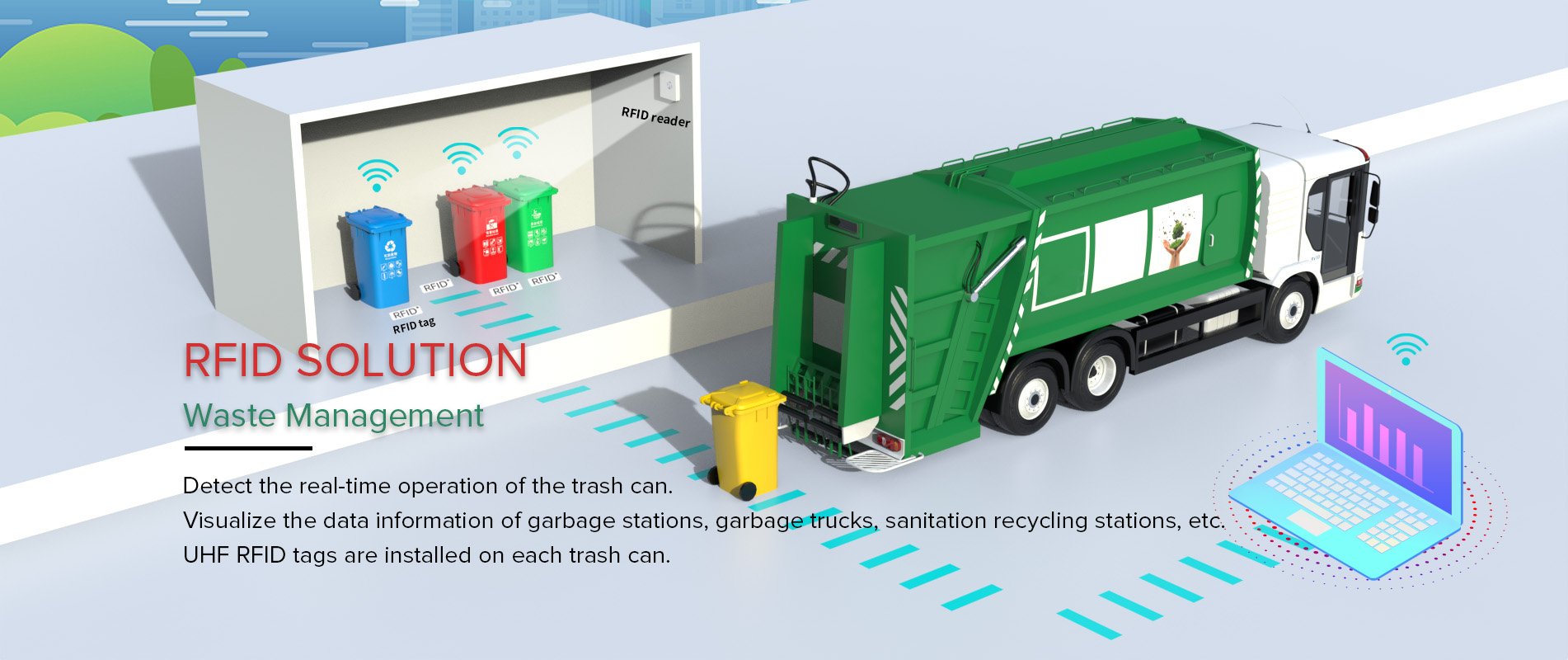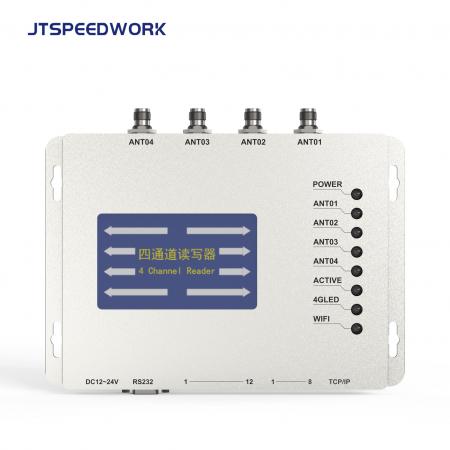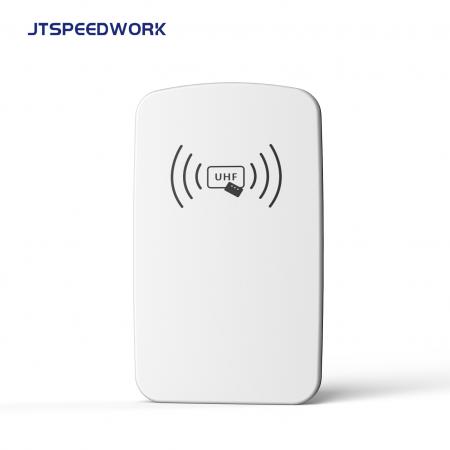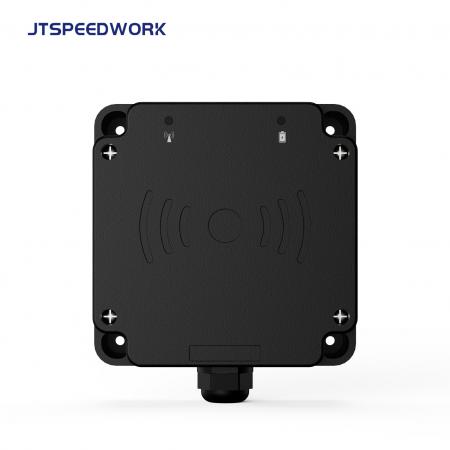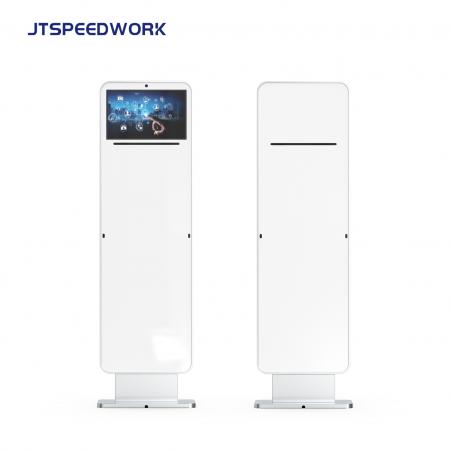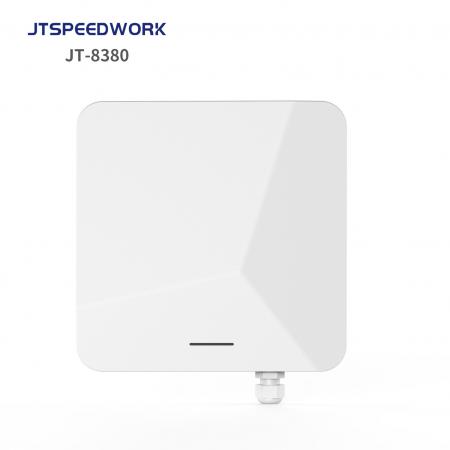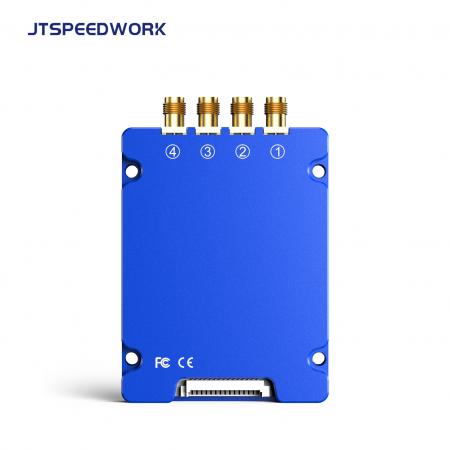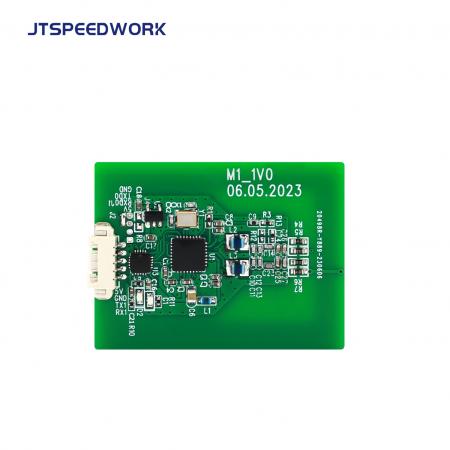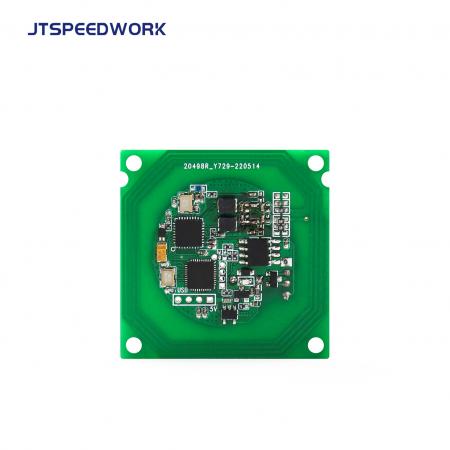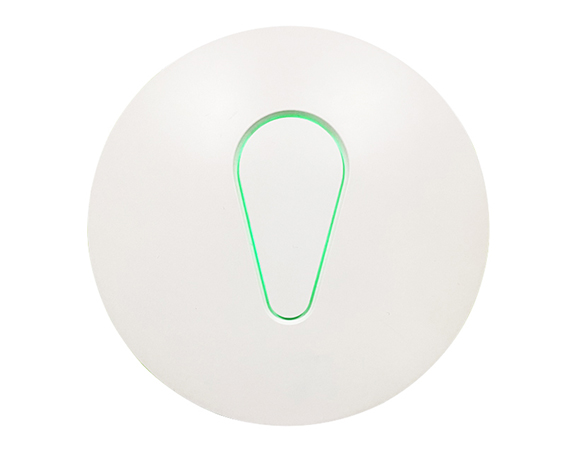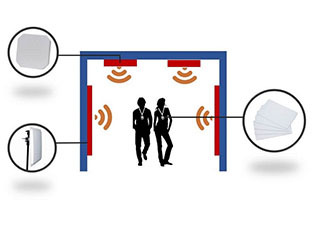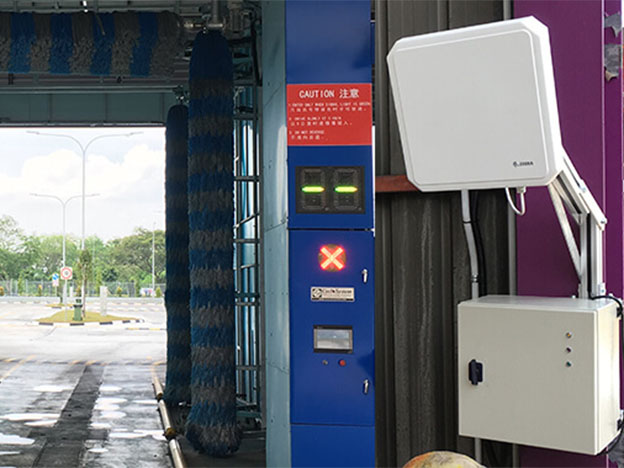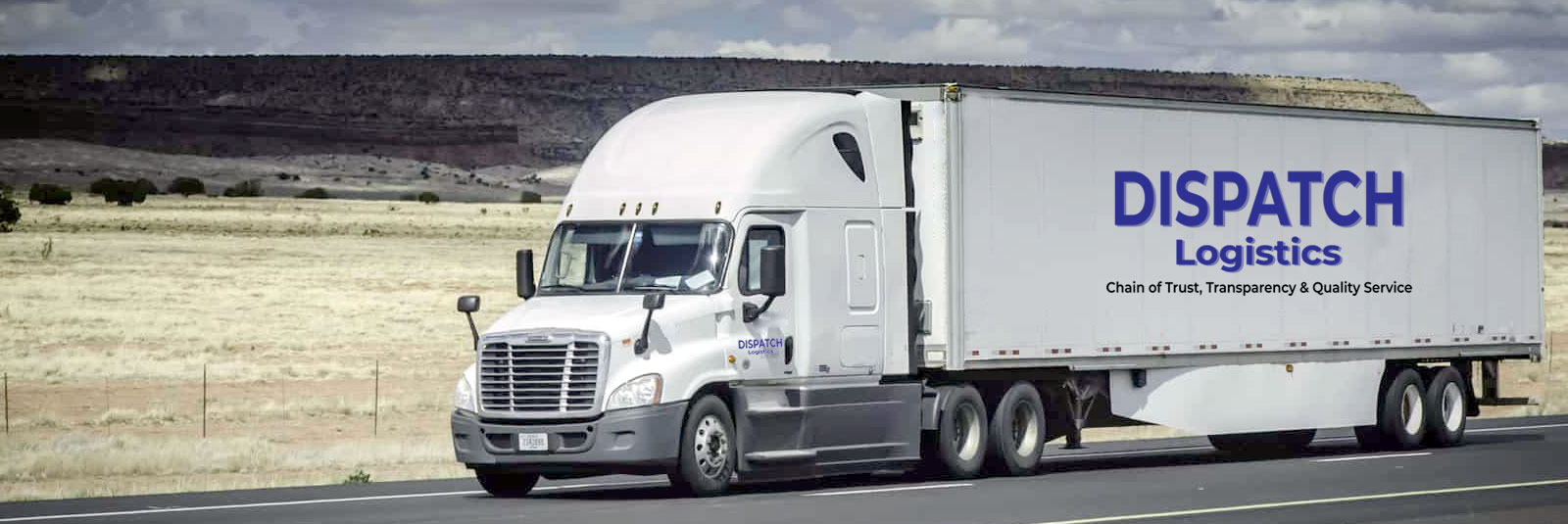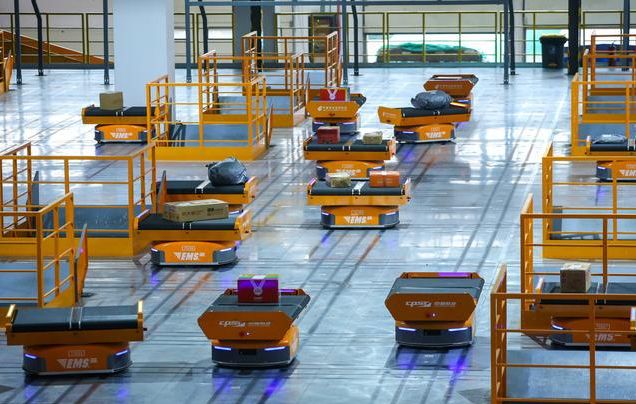From Passive Roads to Intelligent Infrastructure: The Role of RFID in Autonomous Driving
The progress of autonomous driving is often described as a competition in algorithms, computing power, and sensors. In reality, it is increasingly becoming a systems challenge—one that depends on how effectively vehicles and roads can work together. Relying solely on cameras, millimeter-wave radar, or LiDAR still leaves autonomous vehicles vulnerable to unstable recognition, environmental interference, and high system redundancy costs. Against this backdrop, RFID technology is being re-evaluated, gradually moving from logistics and manufacturing into intelligent road infrastructure and RFID vehicle management systems. From “Seeing” the Road to “Understanding” It Most autonomous vehicles today interpret road conditions through visual and radar-based perception. Lane markings, traffic signs, signals, and obstacles are detected passively, based on what sensors can observe at a given moment. Under ideal conditions, this works well. However, rain, snow, fog, glare, worn lane markings, or temporary construction zones quickly expose the limits of this approach. The road itself remains silent, offering no direct confirmation of what a vehicle believes it sees. RFID markers change this relationship. By embedding RFID tags into key road elements—lanes, intersections, speed-control zones, construction areas, and roadside infrastructure—the road gains a digital identity that can be read directly by vehicles. With properly designed UHF RFID antennas installed on vehicles or embedded near the roadway, information can be captured reliably without dependence on visibility or lighting conditions. How RFID Is Deployed in Intelligent Road Systems In road environments, RFID typically takes the form of passive UHF tags or ruggedized, weather-resistant markers installed beneath the road surface, along curbs, within guardrails, or inside traffic facilities. Autonomous vehicles equipped with onboard RFID readers can automatically detect these markers as they pass, without any active interaction. To support stable reading at driving speeds, vehicles often integrate a long-range RFID reader module, allowing tags to be identified early enough for decision-making. Each tag can store standardized information such as road classification, speed limits, lane attributes, intersection identifiers, or warnings related to temporary conditions. When integrated with high-definition maps and vehicle control systems, RFID enables vehicles to anticipate road conditions rather than react to them. Enhancing Positioning Accuracy Where GPS Falls Short High-precision positioning remains one of the most difficult challenges in autonomous driving. Even when combining GNSS, inertial measurement units, and visual SLAM, location drift can occur in tunnels, dense urban areas, or locations with poor satellite coverage. RFID markers provide fixed physical reference points. Each time a vehicle reads a tag, it can recalibrate its position with high confidence. This approach has proven particularly val...
December 15, 2025
 portuguêspt
portuguêspt chamada na :
+86 18681515767
chamada na :
+86 18681515767
 o email :
marketing@jtspeedwork.com
o email :
marketing@jtspeedwork.com
